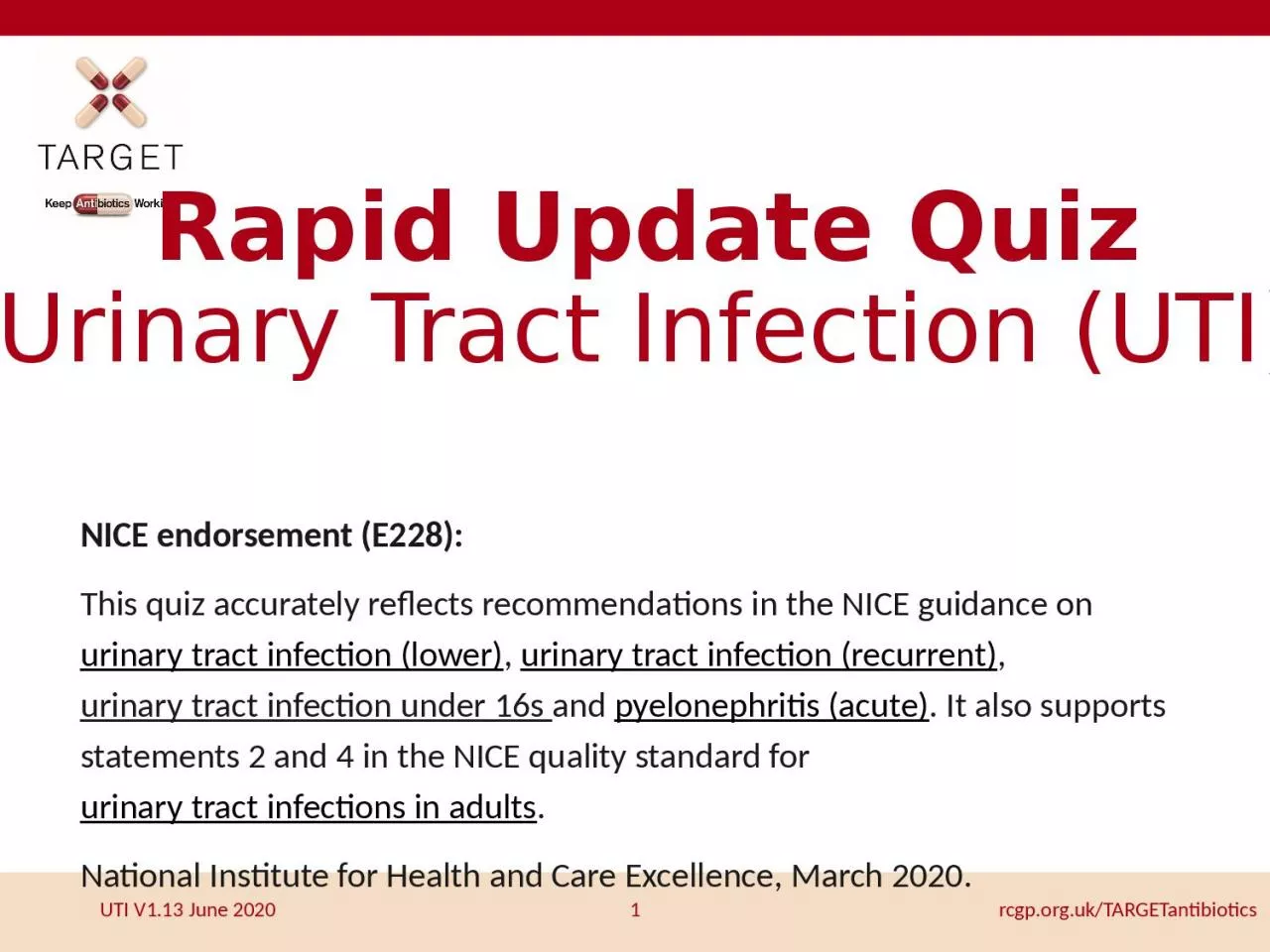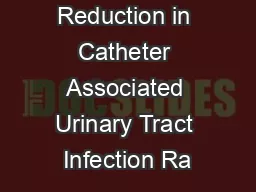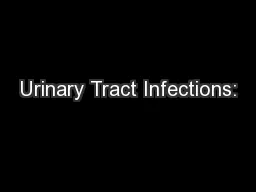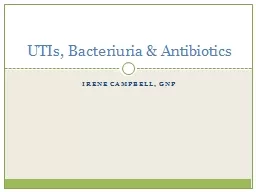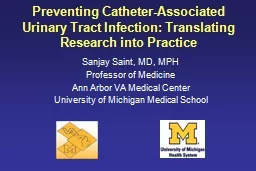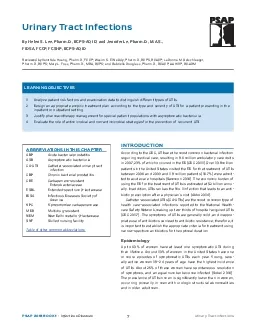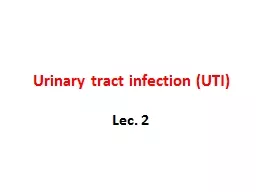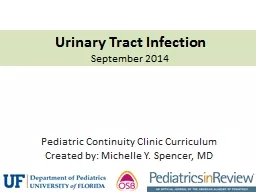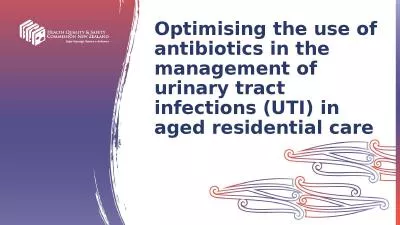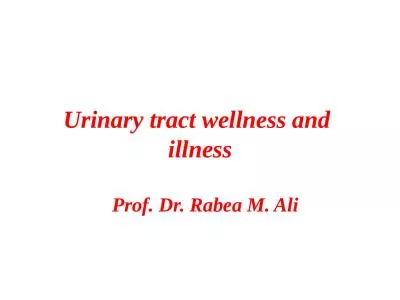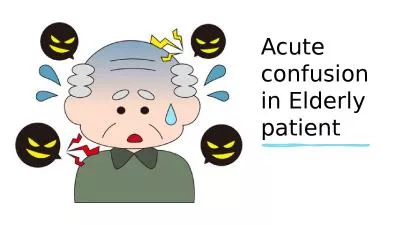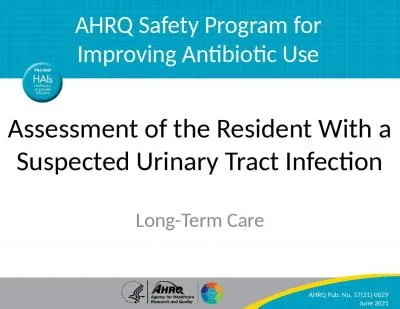PPT-Rapid Update Quiz Urinary Tract Infection (UTI)
Author : mary | Published Date : 2024-01-29
NICE endorsement E228 This quiz accurately reflects recommendation s in the NICE guidance on urinary tract infection lower urinary tract infection recurrent
Presentation Embed Code
Download Presentation
Download Presentation The PPT/PDF document "Rapid Update Quiz Urinary Tract Infectio..." is the property of its rightful owner. Permission is granted to download and print the materials on this website for personal, non-commercial use only, and to display it on your personal computer provided you do not modify the materials and that you retain all copyright notices contained in the materials. By downloading content from our website, you accept the terms of this agreement.
Rapid Update Quiz Urinary Tract Infection (UTI): Transcript
Download Rules Of Document
"Rapid Update Quiz Urinary Tract Infection (UTI)"The content belongs to its owner. You may download and print it for personal use, without modification, and keep all copyright notices. By downloading, you agree to these terms.
Related Documents

